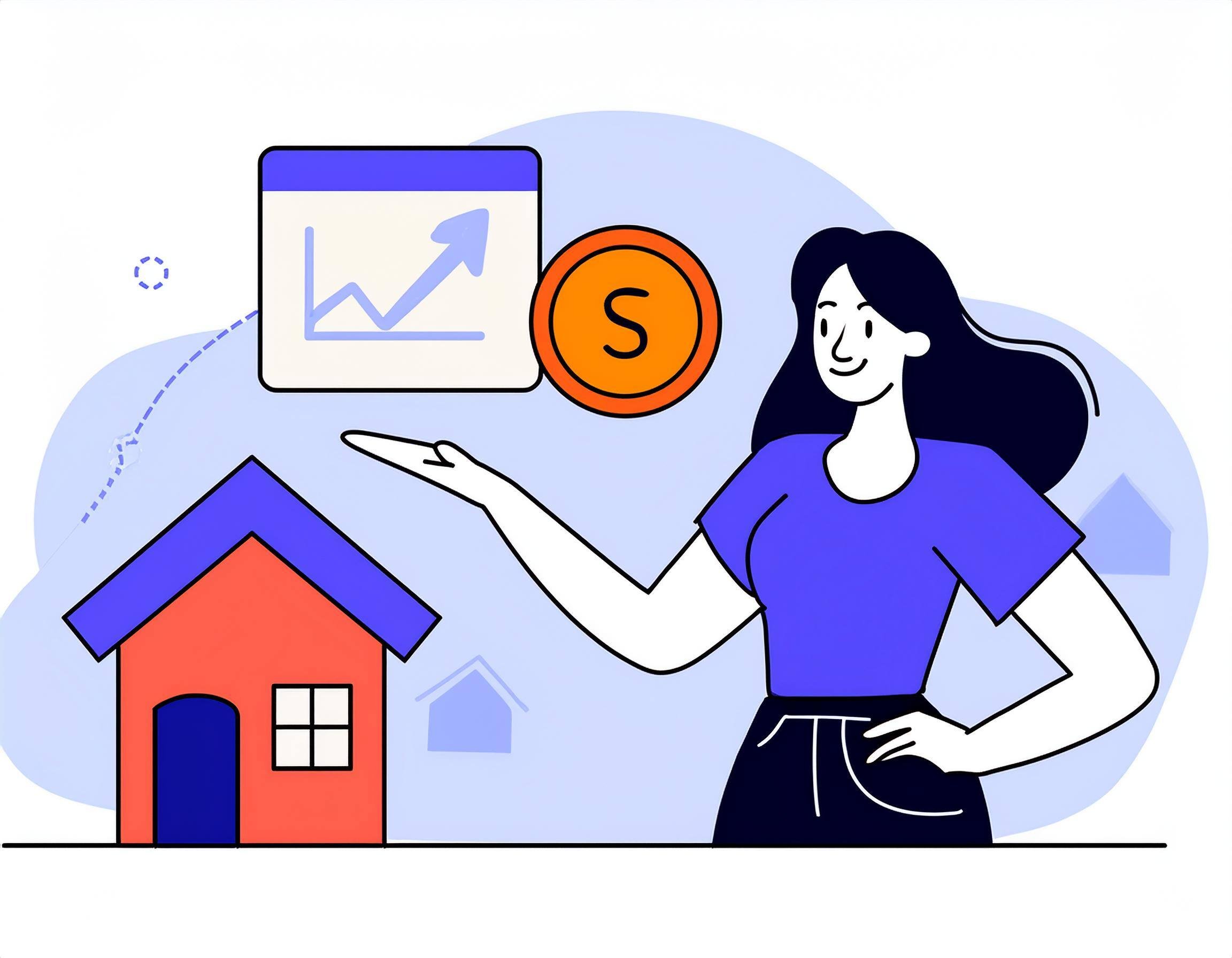The Housing Revolution: Risk Adaptation and Affordability
Read Time 3 mins | Written by: Henge Team

Introduction
The housing market is in a state of transformation. With climate risks escalating and sweeping federal policy changes on the horizon, homeowners, homebuyers, renters, and landlords alike are rethinking their strategies. At the heart of these shifts are resilience, innovation, and new opportunities. What do recent policy updates mean for the future of housing, and how can you adapt to stay ahead?
The Growing Need for Climate-Resilient Housing
The Reality of Climate Risks
2024 saw some of the worst natural disasters on record:
- $150 billion in damages caused by wildfires, hurricanes, and flooding.
- Insurance premiums in high-risk areas skyrocketed by as much as 50%.
- Millions of homes were left uninhabitable, forcing families to relocate.
With these challenges becoming the norm, climate resilience has gone from a “nice-to-have” to a “must-have” for homeowners and renters alike. What's your home risk score? Find out for free in seconds.
Why Resilience Sells
- Homes with climate-ready features — like solar energy systems, elevated foundations, or fireproof materials — are commanding up to 10% higher market values.
- Renters are increasingly seeking properties with built-in safety measures against extreme weather.
Policy Changes Reshaping Housing
Federal housing and energy policies are undergoing significant shifts, aimed at addressing housing affordability and energy independence. Here’s what’s happening and why it matters:
1. Deregulation in Construction
- The federal government is cutting back on regulations that many believe drive up construction costs.
- This shift could lower the price of new builds, but it also raises questions about how resilience standards will be enforced.
2. Energy Policy Updates
- Incentives for renewable energy installations like solar panels and battery systems are still available but less prominent, as the focus shifts to reducing energy costs overall.
- Homeowners may need to weigh short-term savings on energy against long-term benefits of sustainability.
3. Disaster Relief Funding Changes
- Federal disaster response is being decentralized, giving states more control over how relief funds are allocated.
- This creates opportunities for innovative state-level programs but may result in uneven disaster preparedness across regions.
The Resilient Housing Revolution
Despite policy changes, one trend remains consistent: the demand for resilient housing. Advances in technology and design are empowering homeowners and landlords to prepare for the future.
Top Trends to Watch:
-
AI-Powered Climate Risk Tools
- Tools like Henge help you assess your property’s vulnerabilities, from wildfire risk to flood zones, giving you actionable insights to protect your home.
-
Energy Independence
- Solar energy systems paired with battery storage are becoming more affordable and practical, helping homes weather blackouts and energy shortages.
-
Innovative Materials
- Fire-resistant roofing, flood-proof foundations, and eco-friendly insulation are just a few examples of how homes are being built to last.
What This Means for You
For Homeowners and Homebuyers:
- Take advantage of reduced construction costs to invest in resilient upgrades.
- Use climate risk tools to evaluate home purchase and renovation decisions.
- Research your state’s disaster preparedness programs and available grants for climate resilience.
For Renters:
- Use climate risk tools when assessing whether or not to rent a property to keep your belongings safe.
- Advocate for landlords to adopt resilience measures that ensure tenant safety.
For Landlords:
- Stay competitive by upgrading your properties with features renters value, like solar power or enhanced safety against natural disasters.
- Use climate risk tools to evaluate potential rental properties.
- Monitor local and federal policies for opportunities to access funding or tax incentives for retrofits.
Conclusion
The housing market is at a crossroads, with climate change and policy shifts pushing it toward a more resilient, innovative future. Whether you’re a homeowner, homebuyer, renter, or landlord, understanding these trends is key to thriving in this new landscape.
At Henge, we’re passionate about helping you keep your home safe and valuable. Take steps to make your home safer today.

